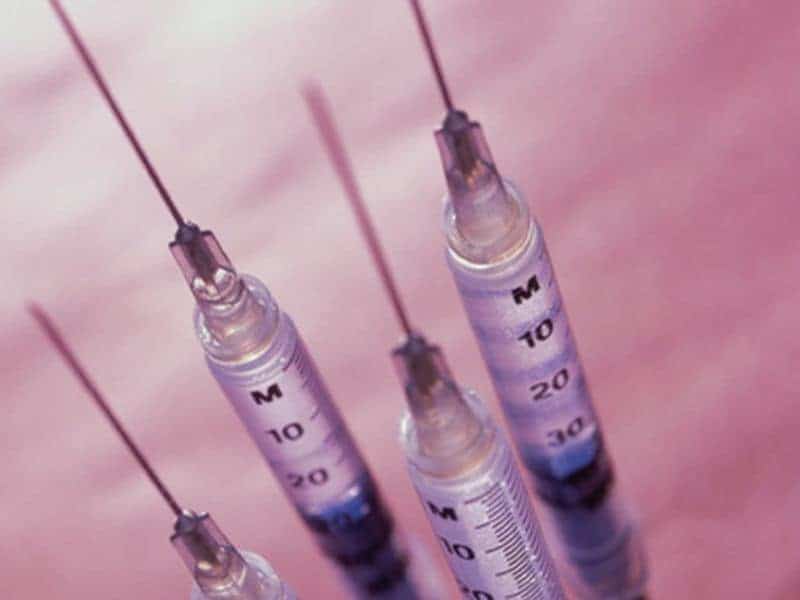TUESDAY, Aug. 6, 2019 (HealthDay News) — From 2012 to 2018, there were substantial increases in naloxone dispensing with considerable regional variation, according to research published in the Aug. 6 early-release issue of the U.S. Centers for Disease Control and Prevention Morbidity and Mortality Weekly Report.
Gery P. Guy Jr., Ph.D., from the CDC in Atlanta, and colleagues analyzed retail pharmacy data from IQVIA (a health care, data science, and technology company) to examine U.S. naloxone dispensing. Factors associated with naloxone dispensing were assessed at the county level.
The researchers observed a substantial increase in the number of naloxone prescriptions dispensed from retail pharmacies from 2012 to 2018, including a 106 percent increase from 2017 to 2018. For every 69 high-dose opioid prescriptions, one naloxone prescription was dispensed nationally in 2018. Substantial regional variation was noted in naloxone dispensing, including 25-fold variation across counties; the lowest rates were seen in the most rural counties. Naloxone dispensing also varied widely by prescriber specialty. Out-of-pocket costs were required for a higher percentage of naloxone prescriptions paid for with Medicare than prescriptions paid for with Medicaid and commercial insurance (71.1 versus 43.8 and 41.5 percent, respectively).
“Comprehensively addressing the opioid overdose epidemic will require efforts to improve naloxone access and distribution in tandem with efforts to prevent initiation of opioid misuse, improve opioid prescribing, implement harm reduction strategies, promote linkage to medications for opioid use disorder treatment, and enhance public health and public safety partnerships,” the authors write.
Copyright © 2019 HealthDay. All rights reserved.



